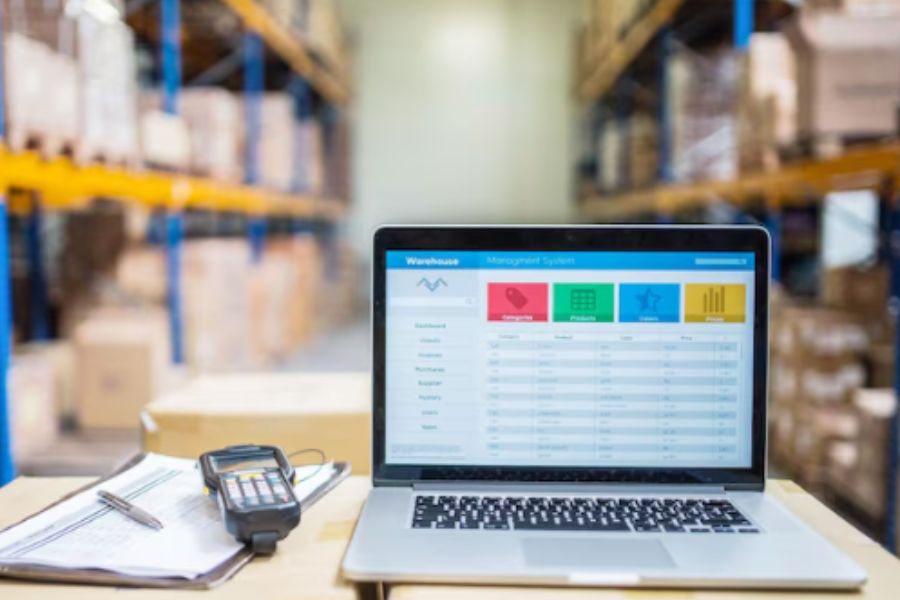What is cash tracking?
Cash tracking is a process that helps businesses keep track of the money that comes in and goes out of their store. It involves recording the transactions that occur during a cash tracking session, which is a specific time frame and location where a staff member handles the cash drawer. A point-of-sale system is usually required to perform tasks related to cash tracking, including opening and closing the cash drawer, printing receipts, and generating reports.
Cash tracking can help businesses prevent theft, improve accuracy, and manage inventory. For example, a cash tracking session can show how much money was collected from each product category, how many discounts were given, and how many refunds were issued.
Popular terms in cash tracking
Discrepancy summary
This is an overview of the projected amount and what happened in the sessions at a specific place and within a certain period. A discrepancy occurs when there is a difference between the forecasted and actual amounts.
This term refers to a report that shows the difference between the expected and actual cash amounts in a given location and time period. For example, if the projected cash amount for a store was $1000, but the actual amount was $950, the discrepancy summary would show a -$50 difference. A discrepancy can indicate an error, theft, or other issue that needs to be investigated.
Cash payments summary:
This overviews all the cash transactions in the selected time range and location.
It means a report that shows all the cash transactions that took place in a selected location and time period. For instance, if a store had 10 cash sales and 5 cash refunds in a day, the cash payments summary would show the total amount of cash received and paid out and the net cash flow.
Session list:
This is a list of all sessions in the selected time period and location, including the start-end time and total discrepancy.
- Cash payments summary: This means a report that shows all the cash transactions that took place in a selected location and time period. For instance, if a store had 10 cash sales and 5 cash refunds in a day, the cash payments summary would show the total amount of cash received and paid out and the net cash flow.
- Session list: By this term, we mean a report showing all the sessions in a selected location and time period. A session is a period of time when a cashier or other staff member is responsible for handling cash transactions. For example, if a cashier worked from 9 am to 12 pm and handled 20 cash transactions, the session list would show the start and end time of the session, the number of transactions, and the total discrepancy amount for that session.
Benefits of cash tracking
Cash tracking is essential for any type of business, from small to bigger. By regularly monitoring the cash, they can keep track of their cash flows and adjust expenses timely manner. Some of the most visible benefits are:
- Ensure sufficient funding: Insufficient funding can hamper the operation of any business. This is because cash might be needed to pay for stakeholders, such as suppliers, employees or creditors. Moreover, stores also need sufficient money as changes in order to sell items to customers.
- Support growth and expansion: Accurate cash funding provides a solid base for any business to grow bigger and expand to more markets. Regular cash tracking helps report how much money you have gained and estimate how much profit will come in the future. Based on that, businesses can make better plans for growth.
- Avoid overspending: As cash is under control, businesses can avoid spending too much without plans. If not, they will be more likely to run out of available cash, leading to bigger problems.
►►► See our products: Magento POS, BigCommerce POS, Shopify POS, Woocommerce POS, NetSuite POS, Commercetools POS, Custom POS, White label POS, Customer Experience Solution and Next-Gen POS



